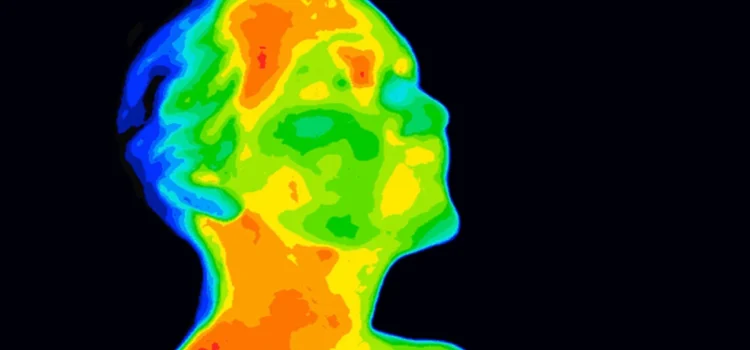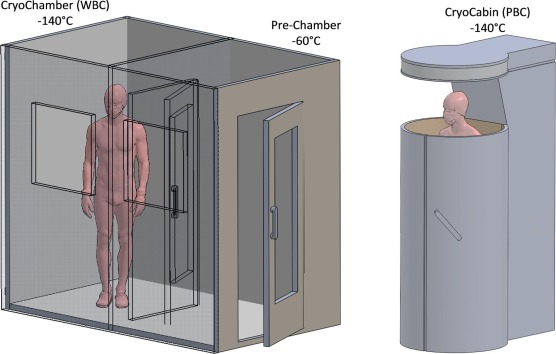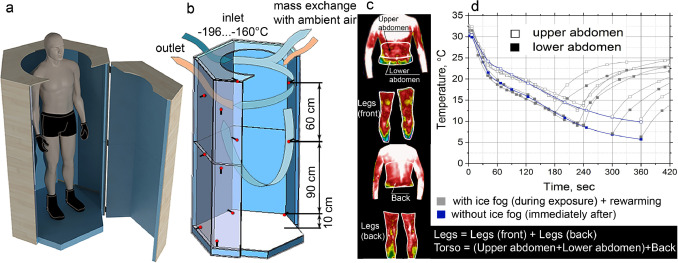Electric cryotherapy chambers have revolutionized the way individuals experience cold therapy for recovery and wellness. However, the efficiency of these machines can be affected when the door is opened, disrupting the cooling process. In this blog, we’ll delve into the science behind heat transfer and its impact on electric cryotherapy chambers each time the door opens, backed by scientific references.
Understanding Heat Transfer in Electric Cryotherapy Chambers
To comprehend the effects of opening the door on electric cryotherapy machines, we must first grasp the principles of heat transfer. Heat transfer occurs in three primary ways: conduction, convection, and radiation.
Conduction
This is the transfer of heat through direct contact between two objects at different temperatures. In the case of cryotherapy machines, conduction plays a role in transferring heat from the client’s body to the cooling elements within the chamber.
Convection
Convection involves the transfer of heat through the movement of fluids or gases. Within cryotherapy machines, convection assists in circulating the cooled air or liquid to maintain a consistent temperature throughout the chamber.
Radiation
Radiation is the transfer of heat through electromagnetic waves. While less significant in electric cryotherapy chambers compared to conduction and convection, radiation still plays a minor role in overall heat transfer.
Impact of Opening the Door on Electric Cryotherapy Chambers
When a client enters or exits an electric cryotherapy machine, opening the door allows warm air from the surrounding environment to enter the chamber. This influx of warm air disrupts the cooling process by introducing heat into the system.
As warm air enters the chamber, it comes into contact with the cooled surfaces and components inside the machine. Through conduction, heat is transferred from the warm air to the cooling elements, causing a temporary increase in temperature within the chamber.
Additionally, convection currents may form as the warmer air mixes with the cooled air inside the machine. These currents can further distribute heat throughout the chamber, impacting the overall cooling efficiency.
Effects of Frequent Door Openings on Performance
The frequent opening of the door of an electric cryotherapy machine can have several consequences:
- Temperature Fluctuations: Each time the door is opened, the internal temperature of the chamber can rise significantly, leading to fluctuations that may affect the effectiveness of the cryotherapy session.
- Increased Energy Consumption: Restoring the internal temperature of the chamber after each door opening requires additional energy from the refrigeration system, leading to increased energy consumption and potentially higher operating costs.
- Impact on Client Experience: Rapid temperature changes and fluctuations can affect the client’s comfort and overall experience during the cryotherapy session, potentially reducing its effectiveness.
Maintaining Electric Cryotherapy Chambers Efficiency Despite Door Openings
By investing in high-quality insulation, efficient refrigeration systems, and implementing strategies to optimize workflow and educate clients, operators can minimize the impact of door openings on machine efficiency. These efforts will help ensure that clients have a positive experience and receive the maximum therapeutic benefits from their cryotherapy sessions. Even though opening the door of an electric cryotherapy chamber can temporarily disrupt the cooling process, there are measures that can be taken to mitigate its effects:
- Quick Recovery Systems: Some electric cryotherapy machines are equipped with rapid cooling systems designed to quickly restore optimal temperatures after door openings. These systems utilize powerful refrigeration units and advanced temperature control mechanisms to counteract heat influxes.
- Insulated Chambers: Investing in cryotherapy machines with well-insulated chambers can help minimize heat transfer when the door is opened. High-quality insulation materials can provide a barrier against external heat, allowing the machine to maintain its cooling efficiency more effectively.
- Client Education: Educating clients about the importance of minimizing door openings during cryotherapy sessions can help reduce heat transfer and optimize the cooling experience. Encouraging clients to enter and exit the chamber efficiently can help minimize disruptions to the cooling process.
In conclusion, the science of heat transfer plays a crucial role in understanding how electric cryotherapy chambers are affected each time the door is opened. By considering the principles of conduction, convection, and radiation, we can appreciate the mechanisms at play when warm air enters the chamber.
While door openings may temporarily disrupt the cooling process, implementing strategies such as rapid recovery systems, insulation, and client education can help maintain efficiency and ensure a consistent cooling experience for users.
As research and technology continue to advance in the field of cryotherapy, further innovations may emerge to enhance the performance of electric cryotherapy chambers, ultimately maximizing their effectiveness in promoting recovery and wellness.


